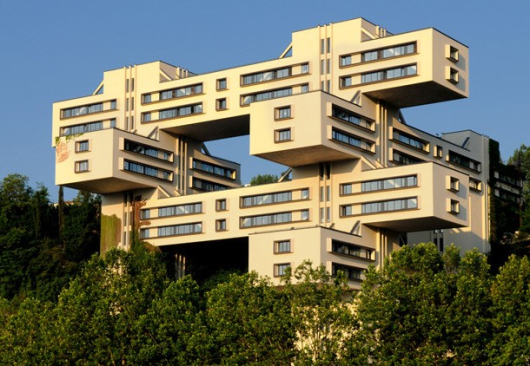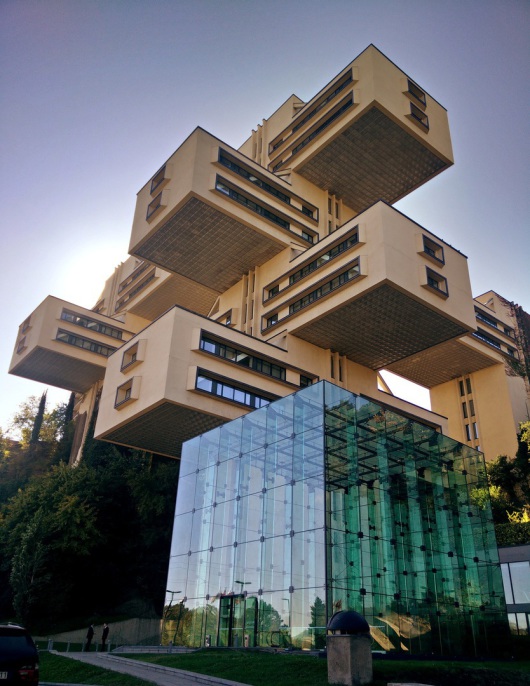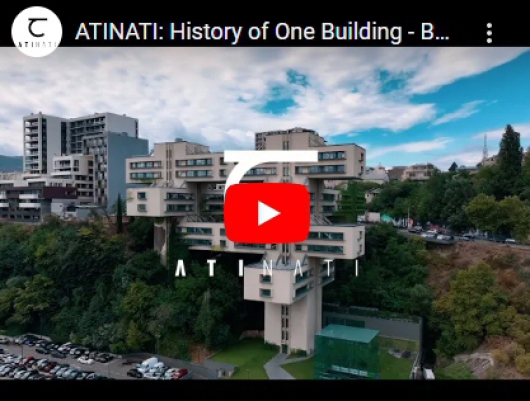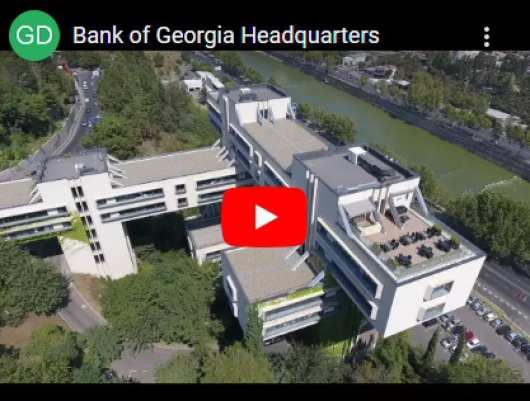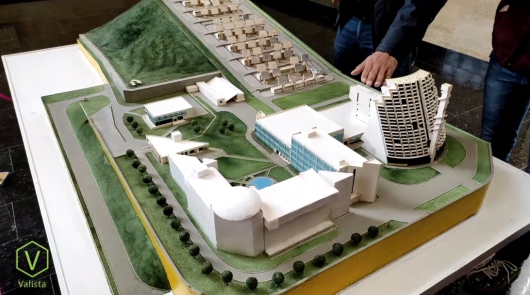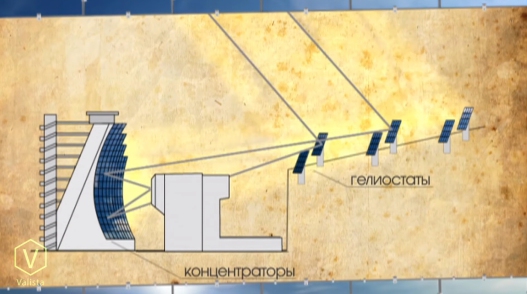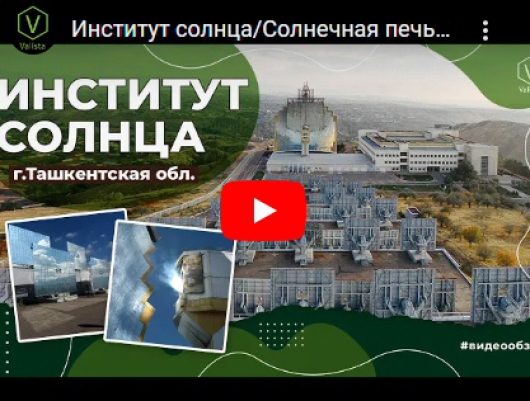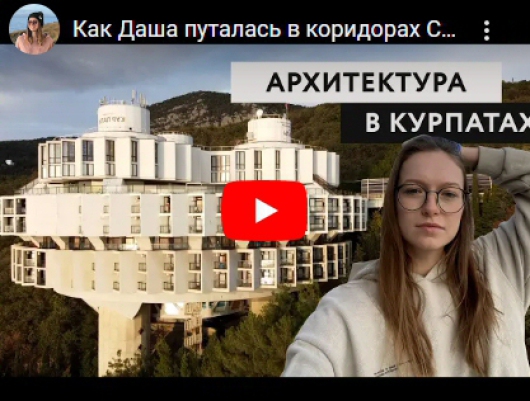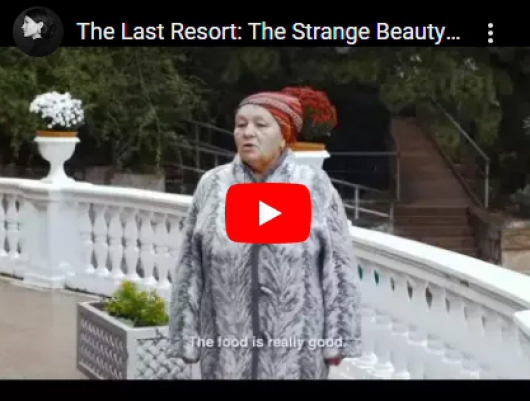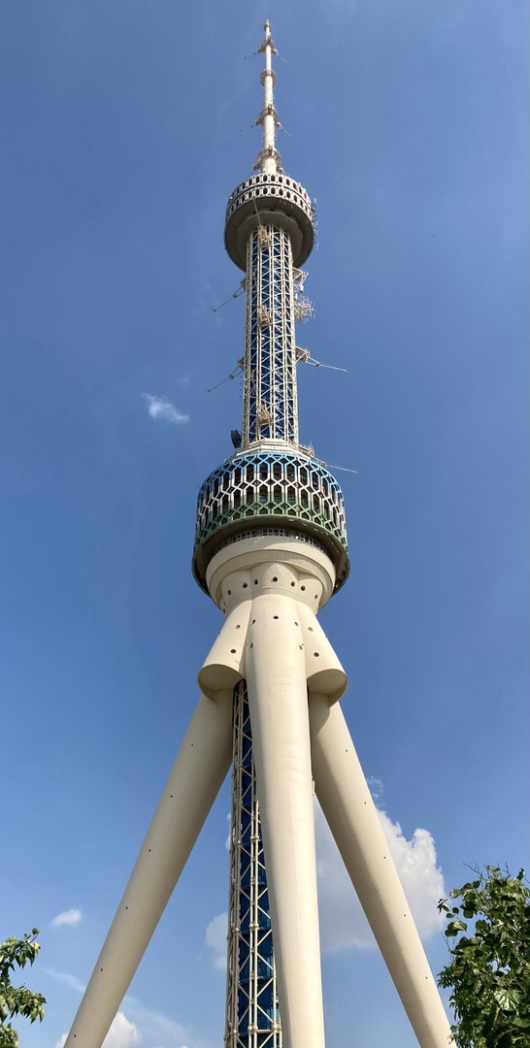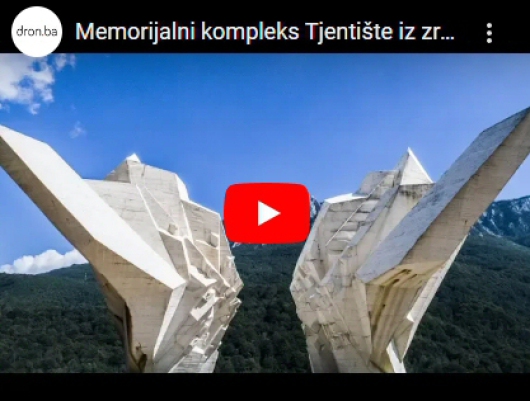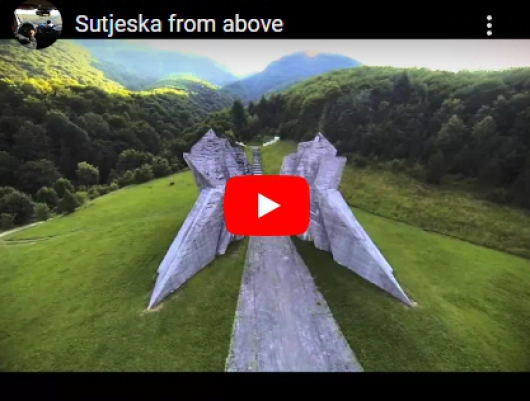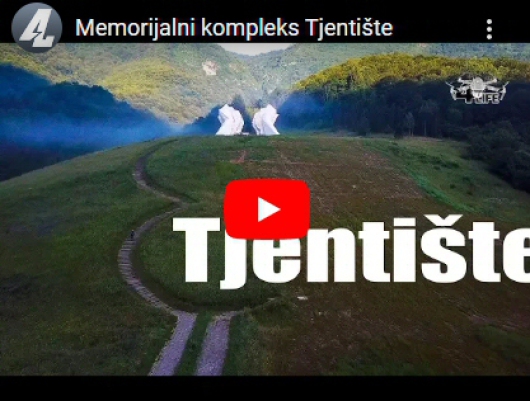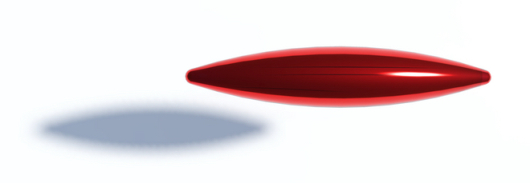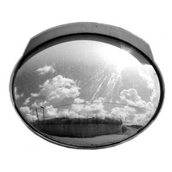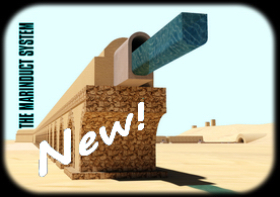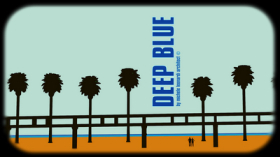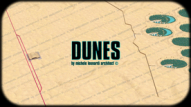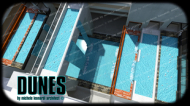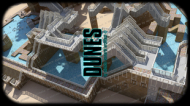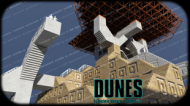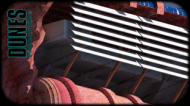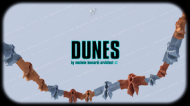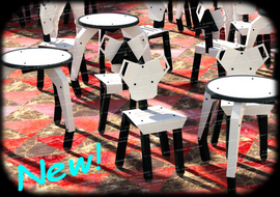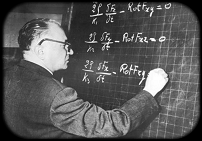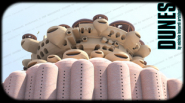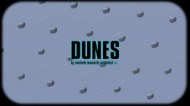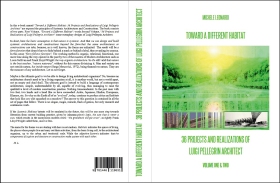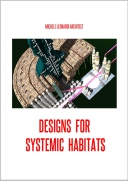Cosmic Communist
Constructions in ex CCCP
&
Spomenik Monuments
in ex Yugoslavia
Bank of Georgia Headquarters,
Tbilisi, Georgia
1974
by George Chakhava and Zurab Jalaghania architects.
Views of the Bank of Georgia headquarters in 2016, source: Wikipedia:
The "Solnste" solar complex
in Parkent, Uzbekistan
1987
by V. Zakharov and O. Taushnakov architects.
More info on Wikipedia.
The Druzhba Sanatorium,
Yalta, Crimea
1985
by Igor Vasilevsky architect.
More info on Hidden Architecture.
The Tashkent Television Tower,
Tashkent, Uzbekistan
1984
by Y.P. Semashko and I.N. Terziev-Tsarukov architects.
View of Tashkent Tower, source: Wikipedia:
The Battle of Sutjeska
Memorial Monument Complex
World War II, Valley of Heroes,
Tjentište, ex Yugoslavia
1971
by sculptor Miodrag Živković.
More info on Spomenik Database.
BIBLIOGRAPHY
Frédéric Chaubin: "CCCP: Cosmic Communist Constructions Photographed", 439 pages, Taschen Bibliotheca Universalis, Paris, France, 2011-Cologne, Germany, 2020.
Elected the architectural book of the year by the International Artbook and Film Festival in Perpignan, France, Frédéric Chaubin’s Cosmic Communist Constructions Photographed explores 90 buildings in 14 former Soviet Republics. Each of these structures expresses what Chaubin considers the fourth age of Soviet architecture, an unknown burgeoning that took place from 1970 until 1990.
Contrary to the 1920s and 1950s, no “school” or main trend emerges here. These buildings represent a chaotic impulse brought about by a decaying system. Taking advantage of the collapsing monolithic structure, architects went far beyond modernism, going back to the roots or freely innovating. Some of the daring ones completed projects that the Constructivists would have dreamt of (Druzhba Sanatorium, Yalta), others expressed their imagination in an expressionist way (Palace of Weddings, Tbilisi). A summer camp, inspired by sketches of a prototype lunar base, lays claim to Suprematist influence (Prometheus youth camp, Bogatyr). Then comes the “speaking architecture” widespread in the last years of the USSR: a crematorium adorned with concrete flames (Crematorium, Kiev), a technological institute with a flying saucer crashed on the roof (Institute of Scientific Research, Kiev), a political center watching you like Big Brother (House of Soviets, Kaliningrad).
In their puzzle of styles, their outlandish strategies, these buildings are extraordinary remnants of a collapsing system.In their diversity and local exoticism, they testify both to the vast geography of the USSR and its encroaching end of the Soviet Union, the holes in a widening net. At the same time, they immortalize many of the ideological dreams of the country and its time, from an obsession with the cosmos to the rebirth of identity
Donald Niebyl: "Spomenik Monument Database", 208 pages, FUEL Design & Publishing - Thames & Hudson, London, United Kingdom, 2018-2020.
A guidebook to the wild world of communist minimalism in Tito's Yugoslavia:
Spomenik - the Serbo-Croat/Slovenian word for monument - refers to the memorials built in Tito's Republic of Yugoslavia from the 1960s to the 1980s, marking the horror of the occupation and the defeat of Axis forces during World War II. Hundreds were built across the country, from coastal resorts to remote mountains. Through these imaginative forms of concrete and steel, a classless, forward-looking socialist society, free of ethnic tensions, was envisaged. Instead of looking to the ideologically aligned Soviet Union for artistic inspiration, Tito turned to the West and works of abstract expressionism and minimalism. This allowed Yugoslavia to develop its own distinct identity through the monuments, turning them into political tools, articulating Tito's personal vision of a new tomorrow.
Today, following the breakup of the country and the subsequent Yugoslav Wars of the 1990s, some have been destroyed or abandoned. Many have suffered the consequences of ethnic tensions: once viewed as symbols of hope, they are now the focus of resentment and anger.
This book brings together the largest collection of spomeniks published to date. Each has been extensively photographed and researched by the author, making this book the most comprehensive survey of this obscure and fascinating architectural phenomenon. The inside of the book's dust jacket opens out as a map, giving the exact geographic coordinates for each monument.

